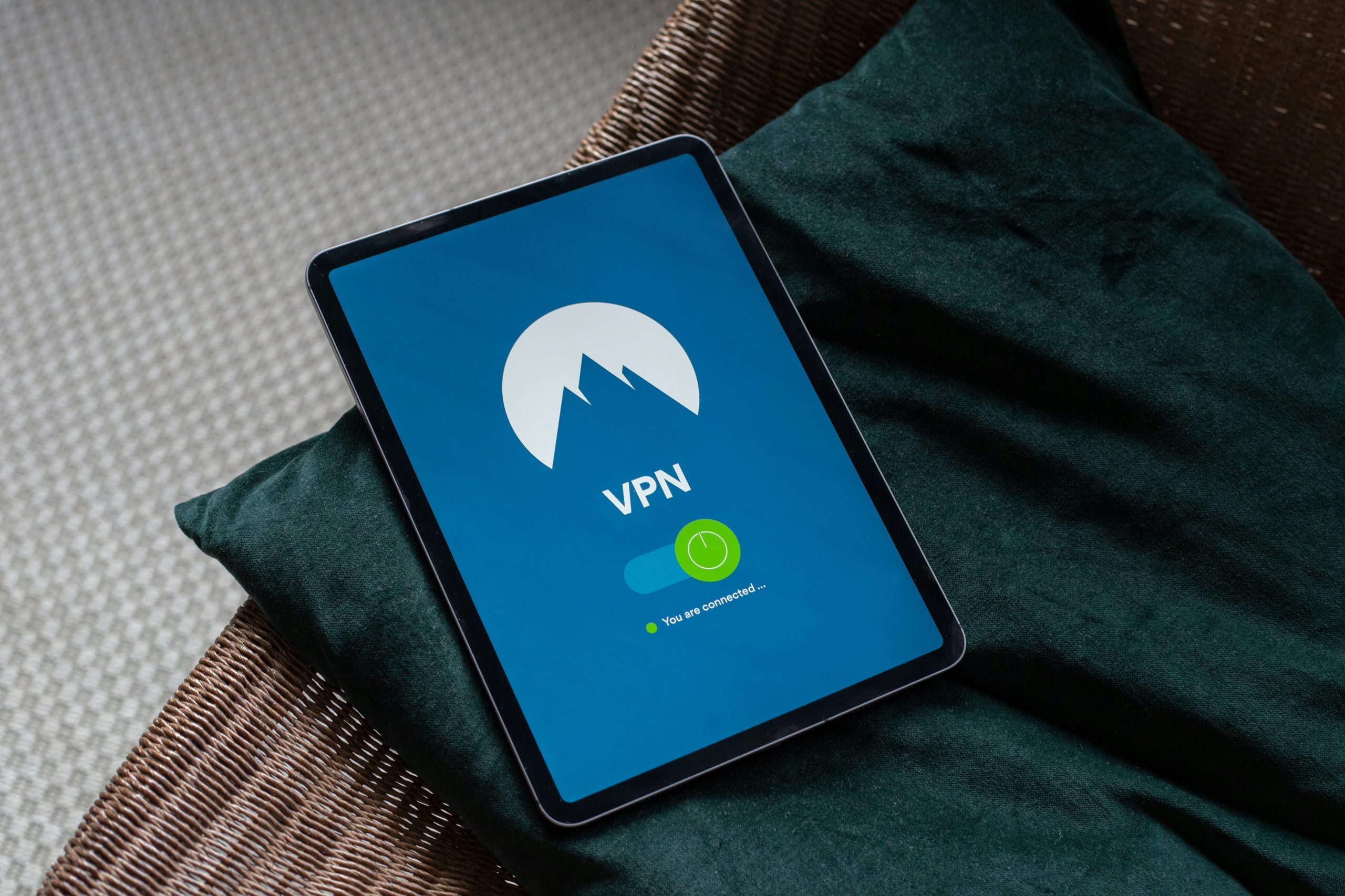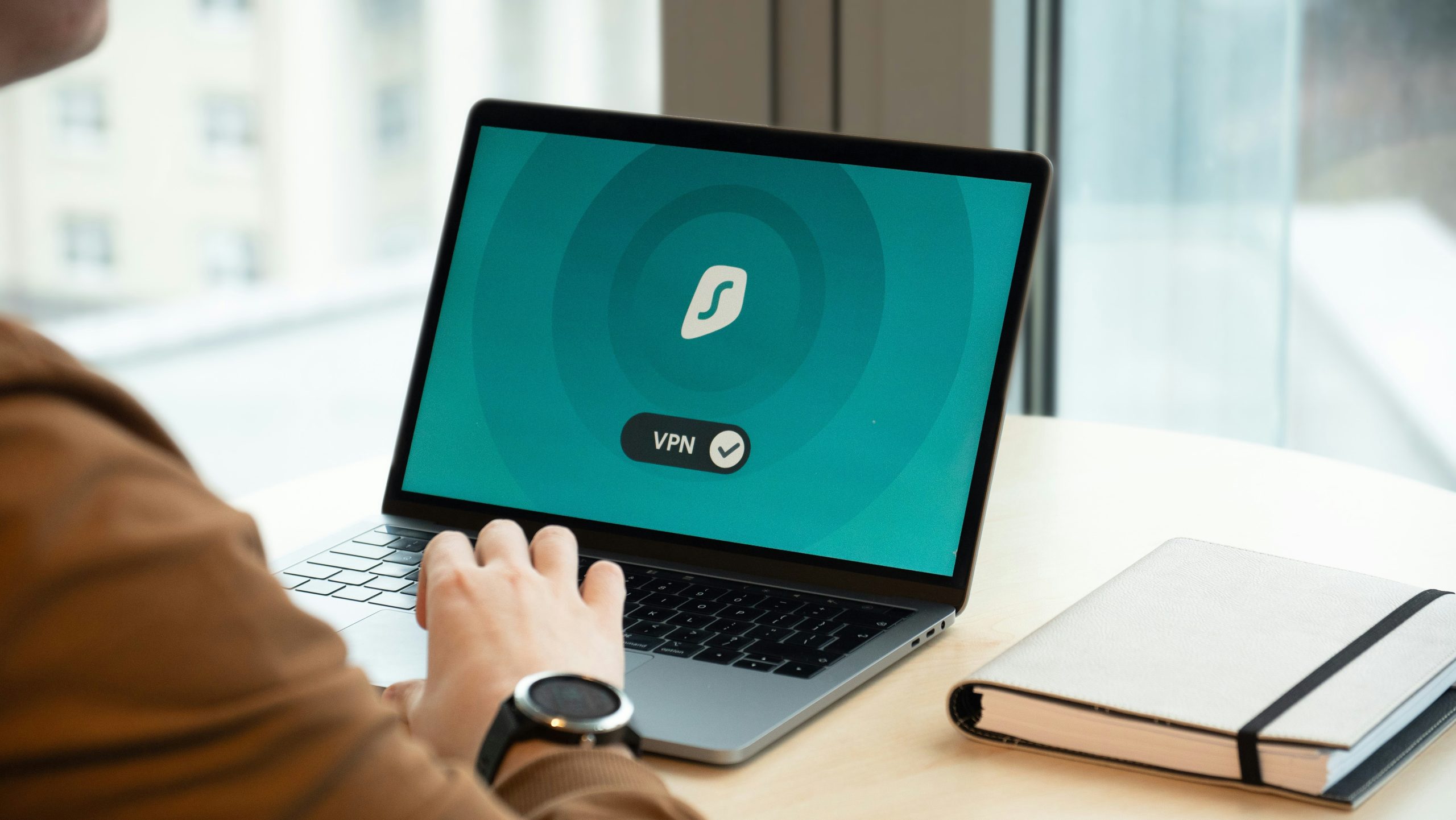In an era where online privacy is increasingly under threat, the demand for VPNs (Virtual Private Networks) has skyrocketed. These powerful tools offer users a shield of anonymity, allowing them to browse the internet securely and freely without the fear of surveillance or data breaches. But amidst this digital arms race for protection, Mac users often find themselves asking: can I download a VPN on my Mac? The answer is not only a resounding yes but opens up a world of possibilities in safeguarding your online activities while exploring the vast realms of cyberspace. So, if you’re ready to take control of your digital footprint and unlock a realm of unrestricted browsing on your beloved Mac device, read on to discover how easy and essential it is to equip yourself with a VPN solution tailored specifically for macOS.
Introduction: Understanding VPN and its benefits
VPN, or Virtual Private Network, is a powerful tool that provides security and anonymity while browsing the internet. By routing your internet connection through a secure server, VPNs encrypt your data and mask your IP address, making it difficult for hackers or third parties to track your online activity. This added layer of security is especially beneficial when using public Wi-Fi networks, where cyber threats are more prevalent.
Apart from enhancing privacy and security, VPNs offer users additional advantages such as accessing geo-restricted content. By connecting to servers in different countries, you can bypass censorship or access streaming services that may be blocked in your region. Moreover, VPNs can improve network performance by reducing latency and optimizing bandwidth usage. With these benefits in mind, considering downloading a VPN on your Mac could significantly enhance your online experience and protect your sensitive information from potential cyber threats.

Compatibility: Mac OS system requirements for VPNs
When it comes to using VPNs on a Mac, understanding the system requirements is crucial for a seamless experience. While most VPN providers offer compatibility with various operating systems, ensuring that your Mac meets the necessary specifications is essential. Typically, VPNs require Mac OS versions that are relatively up-to-date to ensure optimal performance and security features. Additionally, factors such as processor speed, RAM capacity, and available storage space can also impact the functionality of VPN applications on your Mac.
Furthermore, considering the importance of privacy and data protection when using a VPN, ensuring that your Mac meets the specified system requirements can help prevent any potential vulnerabilities or security risks. By keeping your Mac OS updated and meeting the recommended specifications for VPN usage, you can enhance the overall performance of your virtual private network while safeguarding your online activities. Ultimately, being mindful of these compatibility considerations can go a long way in maximizing the benefits of using a VPN on your Mac device.
Downloading Process: Steps to download a VPN
- Research and choose a reliable VPN provider that offers a Mac-compatible client. Consider factors such as server locations, encryption protocols, and customer support.
- Once you’ve selected a VPN service, visit the provider’s website and locate the download section. Download the Mac version of their VPN client by clicking on the appropriate button or link.
- Open the downloaded file and follow the installation instructions provided by the VPN provider. This typically involves dragging the application icon to your Applications folder and following any on-screen prompts to complete the setup process.
By downloading a VPN on your Mac, you can enhance your online privacy and security while also gaining access to geo-restricted content from around the world. Remember to regularly update your VPN client to ensure you have access to the latest features and security updates offered by your chosen provider.

Installation: Installing and setting up the VPN
After choosing the VPN service that fits your needs, installation is a straightforward process. Most providers offer user-friendly apps for Mac, making it easy to download and set up the VPN. Follow the step-by-step instructions provided by the VPN provider during installation, which typically involves downloading the app from their website or the Mac App Store.
Upon completing the installation, you will need to launch the application and log in with your account credentials. Once logged in, you can select a server location from a list of options provided by the VPN service. It’s recommended to choose a server closer to your physical location for optimal speed and performance. After selecting a server, you can simply toggle on the VPN connection switch to encrypt your internet traffic and protect your online privacy while browsing on your Mac device.
Configuration: Configuring settings for optimal performance
When it comes to configuring settings for optimal performance on your VPN, a few key factors can make a significant difference. One crucial aspect is choosing the right protocol for your VPN connection. Protocols like OpenVPN, WireGuard, and IKEv2 offer different levels of security and speed, so selecting the one that aligns with your priorities is essential.
Additionally, adjusting encryption levels can impact both performance and security. While stronger encryption ensures better data protection, it may also slow down your connection. Finding the right balance between security and speed by choosing an appropriate encryption level can enhance your overall VPN experience. Lastly, consider optimizing other settings such as server selection and kill switch functionality to further customize your VPN for peak performance. By fine-tuning these configurations based on your specific needs, you can maximize the benefits of using a VPN on your Mac.
Usage: How to use the VPN on Mac
Using a VPN on Mac is a straightforward process that can greatly enhance your online privacy and security. Once you’ve selected and downloaded a trusted VPN provider, simply open the application on your Mac and log in with your account credentials. Most VPNs will allow you to select a server location from a list of options, enabling you to choose where your internet traffic appears to be coming from.
Additionally, many VPN services offer customization options such as selecting specific protocols or enabling features like kill switches for added protection. It’s important to remember that while using a VPN on your Mac can protect your data from prying eyes, it won’t make you completely anonymous online. By understanding the strengths and limitations of using a VPN on your Mac, you can take full advantage of this tool to safeguard your digital presence.
Conclusion: Importance of using a VPN on Mac
In conclusion, the importance of using a VPN on Mac cannot be overstated in today’s digital landscape. A VPN not only safeguards your online privacy and security but also allows you to access geo-restricted content and maintain anonymity while browsing. With cyber threats on the rise, having a reliable VPN service is crucial for protecting sensitive data such as passwords, financial information, and personal files from potential hackers or malicious entities.
Furthermore, using a VPN on your Mac can offer you peace of mind when connecting to public Wi-Fi networks in cafes, airports, or hotels. By encrypting your internet connection, a VPN prevents unauthorized access to your data and shields you from potential cyber attacks that are common on unsecured networks. Moreover, with the increasing censorship and monitoring of online activities by governments and ISPs worldwide, a VPN provides an effective solution to bypass restrictions and enjoy unrestricted internet access without compromising your privacy or security.




